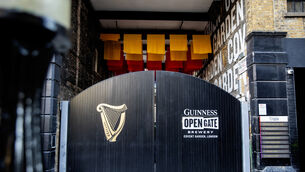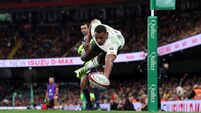Healthy rise in sales but no return to boom

Retail sales rose strongly in the first quarter but the sales uplift still appears to be far from indicating a return to a boom-time spending spree.
The latest CSO figures suggest sales of clothing, furnishings and lighting, pharmacies, and supermarkets tapped large increases in retail spending in the first three months of the year from a year earlier.
















